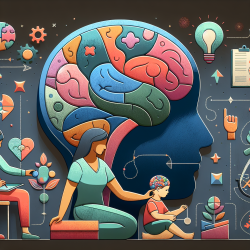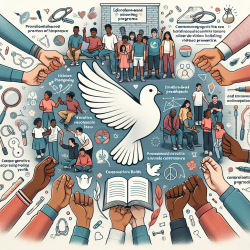Understanding Moyamoya Disease
Moyamoya Disease is characterized by the constriction of arteries in the brain, leading to the development of collateral vessels that appear like a "puff of smoke" on X-rays. Symptoms can include disturbed consciousness, speech deficits, sensory and cognitive impairments, involuntary movements, and vision problems. Given the rarity of the disease, especially in non-Asian populations, there is limited literature on its neuropsychological impact.
Case Study Overview
The research focuses on a 14-year-old male diagnosed with MMD and intractable epilepsy. The patient underwent psychosocial interventions over two years, which included 23 sessions of 45 minutes each. The interventions involved:
- Behavioural management strategies
- Informational strategies
- Vocational guidance
- Family therapy and supportive counselling
Remarkably, the patient's intellectual functioning improved by 21 IQ points, shifting from moderate to mild mental retardation.
Key Findings and Strategies
Practitioners can glean several valuable strategies from this study:
- Behavioural Strategies: Encourage parents to gradually introduce social interactions and provide individual attention. Activities should be simple, scheduled, and accompanied by clear instructions and visual cues.
- Family Therapy: Supportive techniques can help parents cope with the emotional impact of the diagnosis. Emphasize positive coping methods like discussing problems and seeking professional help.
- Informational Strategies: Educate parents about the disease, its prognosis, and available treatment options. Provide information on special schooling and vocational services.
Implications for Practitioners
The study underscores the importance of early and consistent psychosocial interventions in improving the neuropsychological functioning of children with MMD. Practitioners should consider integrating these strategies into their therapeutic approaches to enhance outcomes for their patients.
Conclusion
This case study highlights the significant role of psychosocial interventions in the neuropsychological rehabilitation of children with Moyamoya Disease. By adopting these evidence-based strategies, practitioners can contribute to better developmental outcomes for their young patients.
To read the original research paper, please follow this link: Moyamoya Disease: a ray of hope from a psychosocial perspective.










